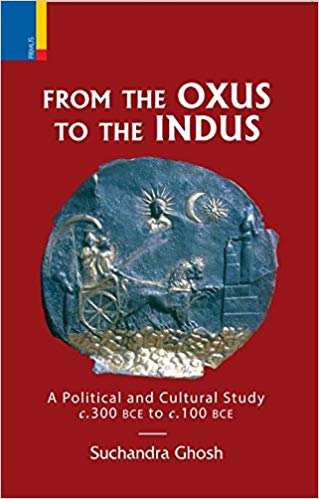The historian’s engagements with the past—whether remote or recent—with an explanatory orientation, require a clear understanding of the preferred temporal and spatial units. The historian’s choice of a given area and a chronological span is often determined by, inter alia, historiographical issues and debates and evidential wherewithal. These are methodological issues which the historian BD Chat-topadhyaya once labelled as the burden of historiography and the burden of sources. The other almost invariable compulsion of a historian is to pitch in the nation state or parts thereof as a pivot of historical enquiries. The historical background and the making of a nation state may somehow be captured by this method. But the problem emerges when one delves into the long pre-modern pasts of a country when no nation state existed. After all, the nation state appeared only from the early modern times, from around the 16th-17th centuries—and that too primarily in the specific context of Europe.
The validity of using the parameter of the well defined territorial entity, associated with the nation state, can be and has been critically questioned in the context of pre-modern times. This assumes further significance in the context of histories of non-European societies and cultures which often have very protracted and rich histories that need not be pegged to the benchmark of a nation state. A typical case in point is the vast land mass of the Indian subcontinent which is often considered almost synonymous with South Asia. Contrary to the recently much flaunted concept of akhand-Bharat (unified India), the subcontinent was never a single and homogenous political, cultural, social and economic unit. It was doubtless a country with identifiable and palpable physical features but without any firm and inflexible boundaries typical of a well defined political entity. If the land, variously called Jambudvipa, Bharatavarsha, India, Hindustan (incidentally the earliest use of this term goes back to 262 CE) and Tien-chu figured in a wide variety of indigenous and non-indigenous sources of ancient times, its obvious physical fringes—marked by the Himalayas and the Hindukush mountains in the north and the sea on three other sides
—never shut it out from other neighbouring zones. The apparent physical barriers of the Himalayas and the Hindukush, were marked with several porous pockets which continuously encouraged interactions and contacts with West and Central Asia.

